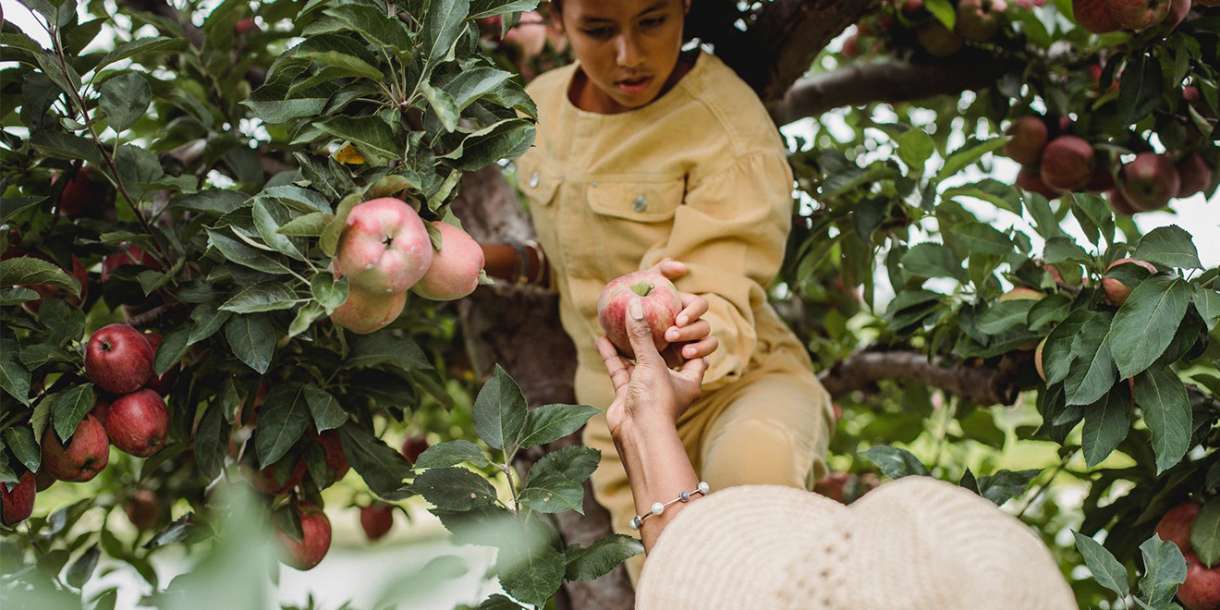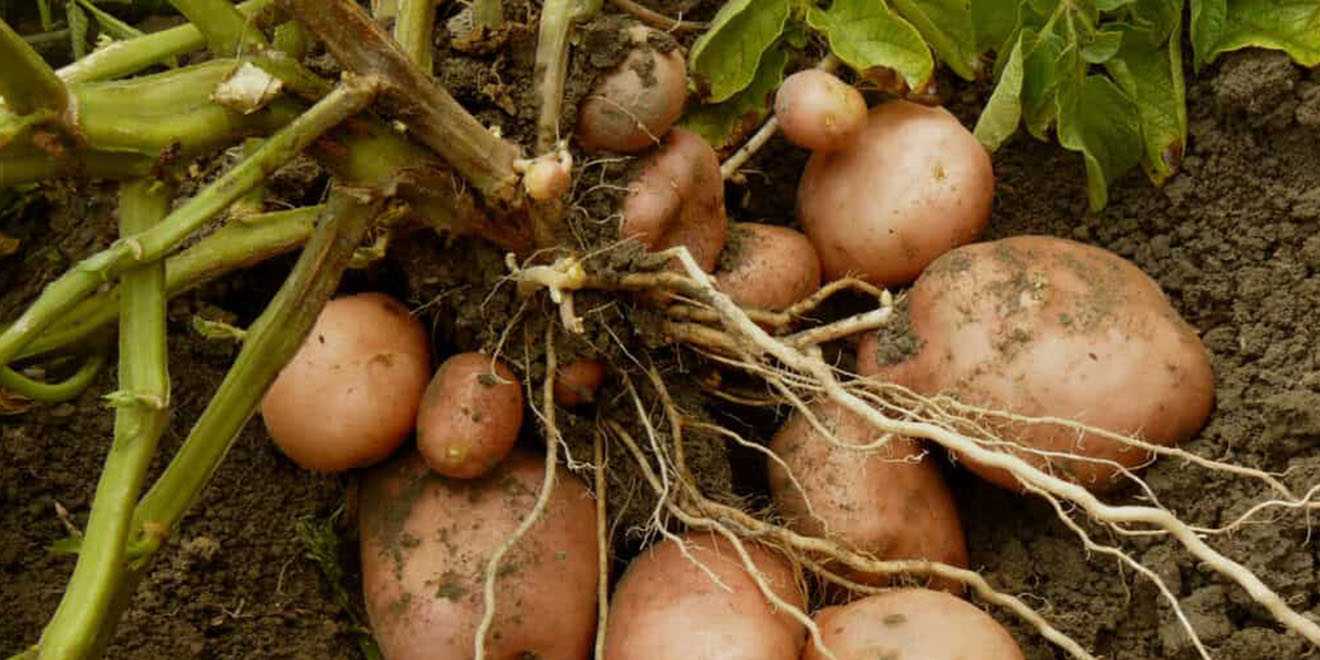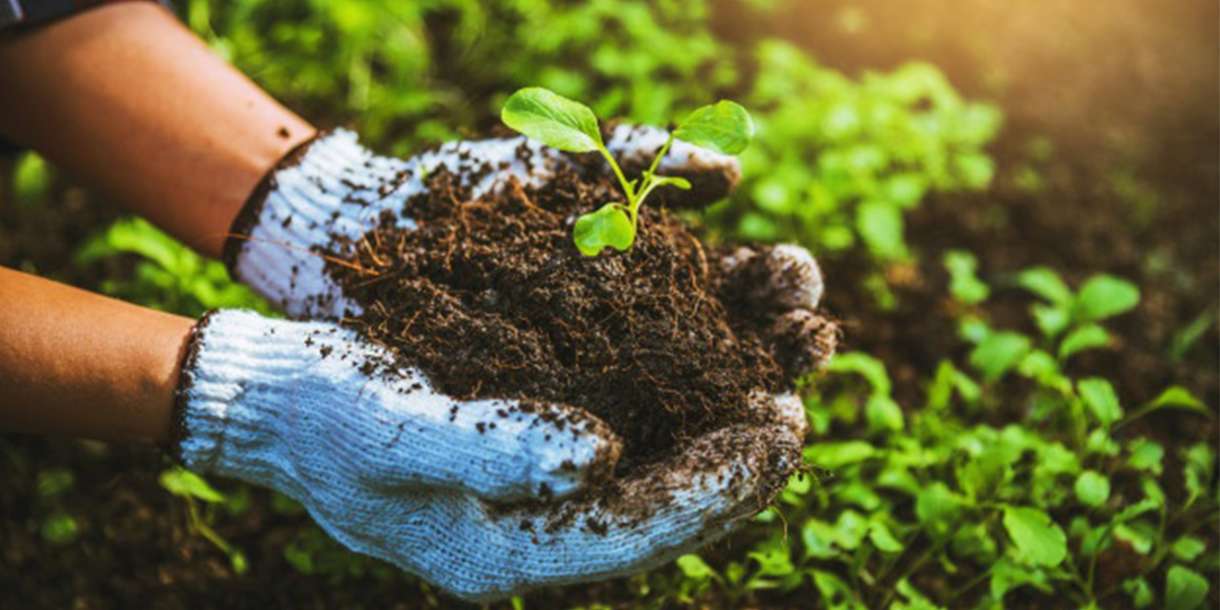
Fruit Trees to Grow at Home
- by Zeeshan.Ali
- 2 years ago
- Home & Garden
Growing your own fruit tree may require a little love and care, but nothing compares to juicy, fresh homegrown fruit. With so many different types of fruit trees, it can be daunting to choose the best fruit tree for your yard; peruse this list of popular fruit trees to learn about the characteristics of each and narrow down your options.
Apple tree
This popular fruit-bearing tree has 7,500 cultivars to choose from, with most producing white flower blossoms in addition to fresh fruit. Apple trees thrive best in hardiness zones 3–8 and can start indoors from seed, but your trees will grow to fruiting size sooner if you start from root stocks or young trees.
Apricot tree
Apricot trees blossom with pinkish-white flowers in early spring and produce stone fruit about 120 days later. Apricot fruits are orange with velvety skin and contain an inner flesh that’s both sweet and tart. If you’re looking to grow your own apricot tree from seed, all you need to start is an apricot pit and a little patience.
Avocado tree
If you’ve ever wished you had an endless supply of guacamole, growing your own avocado tree is an option worth considering. You can start an avocado tree from a pit, but you’ll have to wait a minimum of five years for it to flower and bear fruit. A more convenient option is to instead plant a nursery-grown tree.
Cherry tree
Cherry trees come in over 1,000 different types, but only a handful of varieties are commonly cultivated. The two main types of cherries are sweet cherries and sour cherries (or tart cherries). Sweet cherries—the more popular of the two types—grow in USDA hardiness zones 5–9 and require at least two trees in order to produce fruit by cross-pollination.
Fig tree
The common fig is a perennial fruit in the moraceae (or mulberry) family that is native to western Asia and the Middle East. Most fig varieties thrive in warm USDA hardiness zones 8–10, but some cold-hardy varieties can handle the harsher winters in zones 6 and 7. Warm-weather fig varieties include Kadota, Calimyrna, Green Ischia and Sierra figs. Cold-hardy varieties include Brown Turkey, Celeste, and Chicago Hardy figs.
Grapefruit tree
This evergreen citrus tree thrives in a warm, temperate climate. Grapefruit trees thrive in bright sunlight and grow best in well-drained, loamy soil. The larger Ruby Red grapefruit variety grows up to 20 feet high upon maturity, while smaller dwarf varieties only grow up to 12 feet high and are more suitable for container growing.
Lemon tree
The common lemon is a tender perennial citrus tree. Lemons are a summer fruit that are sensitive to cold and frost, growing best in USDA hardiness zones 9–11. Lemon trees grow best in a full sun environment with a rich, well-drained loamy soil. Common lemon varieties include Bearss or Sun Gold lemons. Dwarf varieties of lemons—like the Meyer lemon and Eureka lemon—are suitable for container growing in smaller spaces.
Nectarine tree
Nectarines are a type of peach without any fuzz. Like other types of stone fruit, they come in two varieties: clingstones and freestones. Clingstone nectarines have flesh that clings to the pit, while freestone nectarine flesh separates from the pit effortlessly. Nectarine trees grow best in USDA hardiness zones 5–9 and thrive in climates with hot summers. Growing a nectarine tree from seed takes three to four years to produce fruit, so if you want your tree to bear fruit sooner, you can purchase a young tree from a local nursery. Learn how to grow nectarine trees here.
Orange tree
The sweet orange is a tender perennial fruit tree belonging to the citrus tree family. Oranges are summer fruits that are sensitive to cold and frost, growing in warm USDA hardiness zones 9–11. Common orange varieties include Valencia, Trovita, Ruby (or Blood), and Washington Navel oranges. There are also sour oranges, which include Seville and Willowleaf oranges. Many types of orange trees are dwarf fruit trees, with popular dwarf varieties including Valencia, Trovita, and Washington Navel oranges.
Peach tree
Peach trees bear juicy fruits that are a healthy snack when eaten on their own or are the star ingredient in baked desserts, such as cobblers or pies. If you don’t mind waiting a few years for your peach tree to bear fruit, you can start a peach tree by planting the pit. Otherwise, it’s best to start your peach tree using a young tree purchased from a local nursery. While peach trees grow best in climates with hot summers, they must first experience a cold dormancy period in order to thrive. To ensure your peaches have a sweet, full flavor, make sure their outer skin is completely void of any green coloring before harvesting. Learn how to grow peach trees here.












Leave A Comment